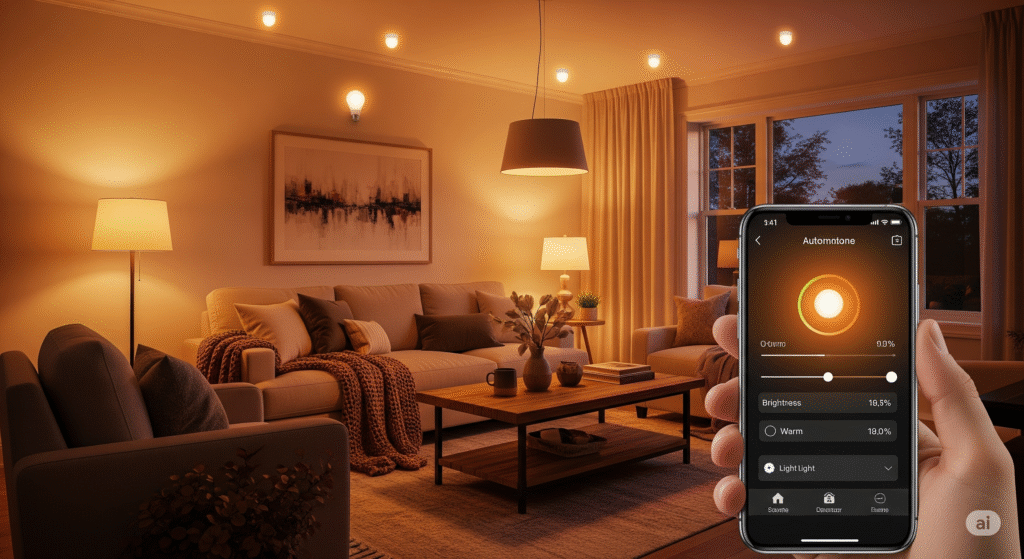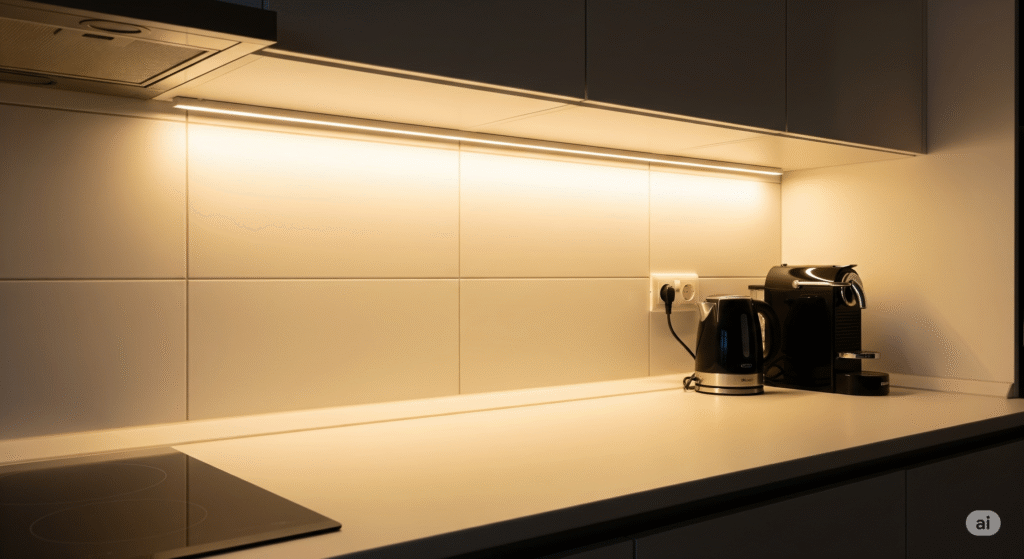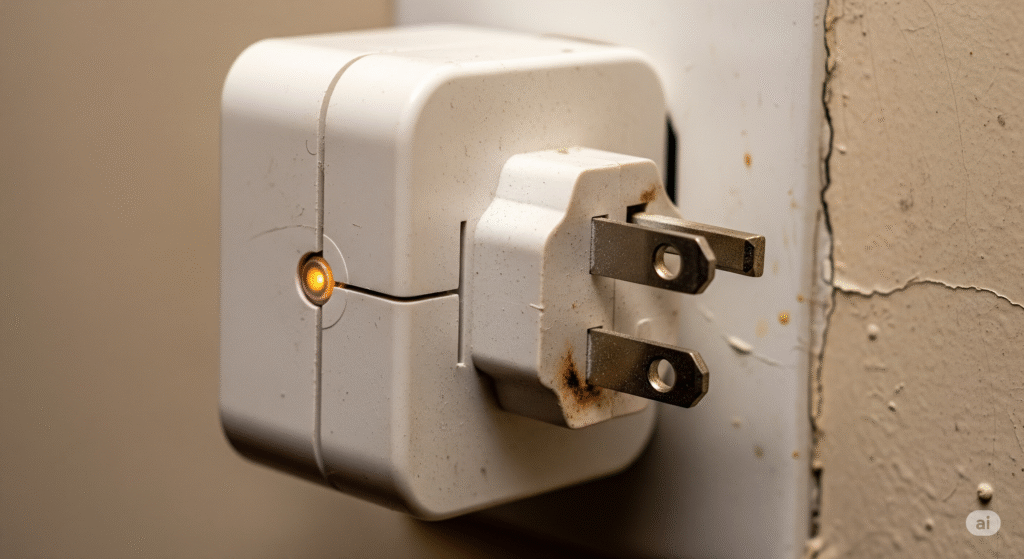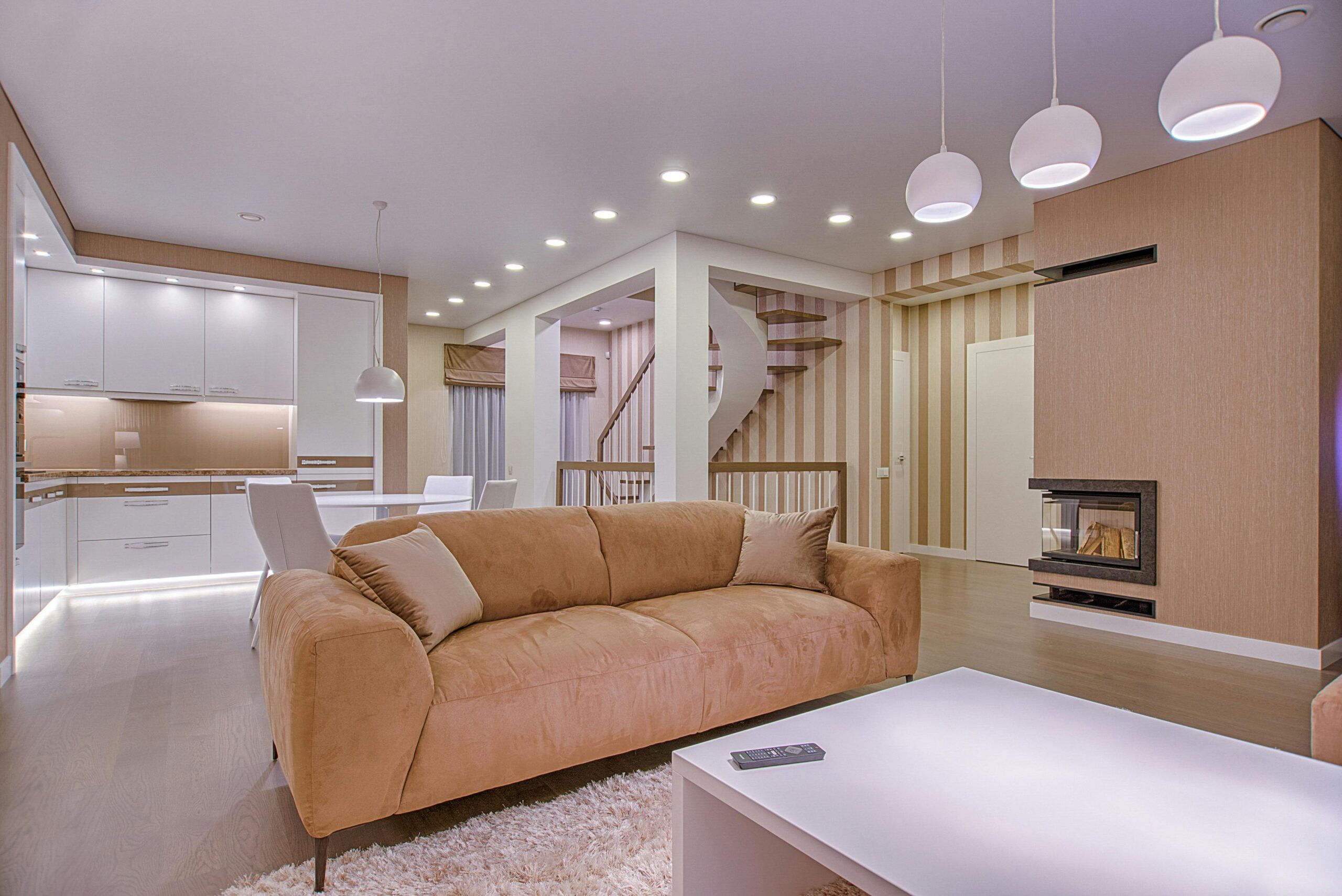Smart Home Lighting: The Modern, Energy-Efficient Living in 2025
Smart home lighting is no longer just a tech luxury—it’s becoming a household essential. With energy savings, customizable moods, and voice-controlled convenience, smart lighting solutions can transform the way you live. In this guide, we’ll explore everything you need to know about smart home lighting, from the basics to advanced automation setups.
1. What is Smart Home Lighting?
Smart home lighting refers to lighting systems that can be controlled remotely via a smartphone app, voice assistant, or automation hub. Unlike traditional bulbs and switches, smart lights offer features like:
- Dimming and color changes without special wiring.
- Remote control from anywhere in the world.
- Automation based on schedules, motion, or sunlight.
- Integration with other smart devices (like door sensors or thermostats).

2. Benefits of Smart Home Lighting
Smart lighting isn’t just about fancy colors—it offers real benefits:
Energy Savings
LED-based smart bulbs use less electricity, and features like motion sensors ensure lights are only on when needed.
Convenience
Control your lights without getting up—perfect for bedtime, movie nights, or when you’re away.
Custom Ambiance
Switch between bright white for focus and warm yellow for relaxation with just one tap.
Security Boost
Set lights to turn on at specific times to make it look like someone’s home, deterring burglars.
3. Types of Smart Lighting Solutions
Smart Bulbs
Replace your existing bulbs with Wi-Fi or Bluetooth-enabled options. Great for renters.
Smart Light Switches
Replace the wall switch so you can control any bulb you install. Works well for large rooms with many lights.
Smart Plugs
Plug lamps into these, then control them via an app or voice assistant.
Smart LED Strips
Add mood lighting behind TVs, under cabinets, or along shelves.

4. Setting Up Smart Home Lighting
Step 1: Choose Your Ecosystem
Popular choices include Google Home, Amazon Alexa, and Apple HomeKit. Choose one that works with your devices.
Step 2: Install and Connect
Most smart bulbs just screw in like normal bulbs. Then, connect them to your Wi-Fi or smart hub via the manufacturer’s app.
Step 3: Create Automation Routines
Examples:
- Lights turn on gradually in the morning for a gentle wake-up.
- Porch lights switch on at sunset automatically.
Step 4: Voice Control
Use commands like:
- “Alexa, dim the living room lights.”
- “Hey Google, set bedroom lights to blue.”
5. Smart Lighting Trends for 2025
- Circadian Lighting: Lights that mimic natural daylight patterns for better sleep and focus.
- AI-Powered Energy Monitoring: Systems that suggest ways to reduce power usage.
- Matter Protocol Integration: Ensures compatibility across all major smart home brands.
- Portable Smart Lamps: Wireless, rechargeable, and app-controlled for indoor and outdoor use.
6. Cost and Energy Efficiency
While smart bulbs can cost \$10–\$30 each, they can last up to 25,000 hours and save on electricity bills. In 2025, more budget-friendly brands are making smart lighting accessible for everyone.
7. Safety Tips for Smart Lighting

- Use bulbs certified by Energy Star and UL Listed for safety.
- Avoid cheap knock-off smart plugs that may overheat.
- Keep firmware updated to prevent hacking risks.
FAQs About Smart Home Lighting
Q1: Can smart lights work without Wi-Fi?
Yes—many work via Bluetooth, but you’ll lose remote control when away from home.
Q2: Are smart bulbs compatible with dimmer switches?
Most aren’t, unless specifically designed for dimmers. Use app dimming instead.
Q3: Will smart lights increase my electricity bill?
No—most use less power than regular bulbs and offer automation that saves energy.
Q4: What’s the lifespan of a smart bulb?
Typically 15,000–25,000 hours, which can mean several years of use.
